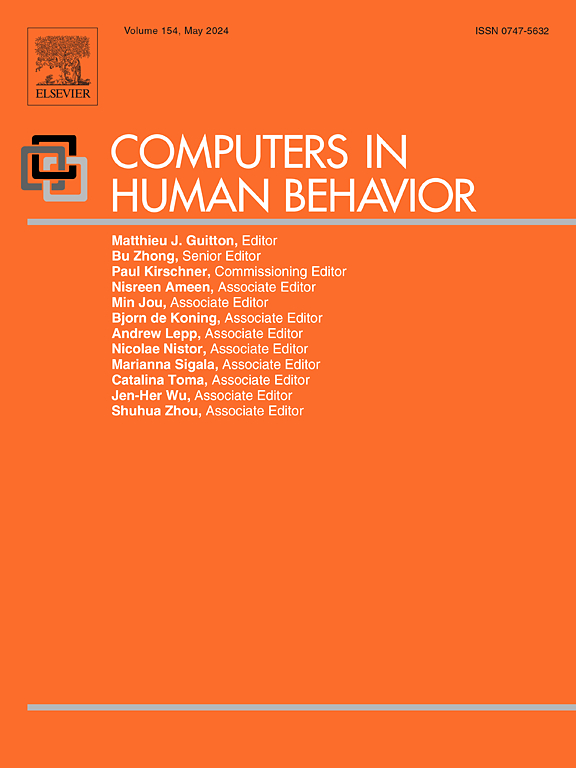Hotbed of stigmatization or source of support: A multimodal analysis of mental health-related videos on Douyin
IF 9
1区 心理学
Q1 PSYCHOLOGY, EXPERIMENTAL
引用次数: 0
Abstract
This study investigates how mental health stigma is constructed and contested through multimodal discourses on Douyin, one of China's most influential short-video platforms. Drawing on a stratified sample of 200 high-engagement videos posted between 2018 and 2023 across 20 widely viewed mental health–related hashtags, we extract and analyze 3416 image frames using a multimodal social semiotic framework. Integrating computer vision techniques, AI-assisted annotation, and moral foundations analysis, we examine how visual, textual, and auditory elements coalesce to encode stigma or promote anti-stigma narratives. Stigmatizing content frequently employs dark color schemes, high-angle shots, and emotionally charged audio to evoke fear and reinforce moral framings of degradation. In contrast, anti-stigma videos tend to feature warmer aesthetics and narratives grounded in appeals to care, fairness, and resilience. Discursive patterns also vary by diagnosis, reflecting distinct rhetorical and affective framings. Theoretically, this study reconceptualizes mental health stigma as a visually mediated and morally framed phenomenon shaped by the logics of algorithmic platforms. Douyin thus functions as both a vector of stigmatization and a potential site for empathetic, inclusive discourse, offering practical implications for digital mental health advocacy in China.
污名化的温床还是支持的来源:对抖音上心理健康相关视频的多模态分析
本研究调查了心理健康污名是如何通过抖音(中国最具影响力的短视频平台之一)上的多模式话语构建和争论的。根据2018年至2023年期间发布的200个高参与度视频的分层样本,我们使用多模态社会符号学框架提取并分析了3416个图像帧。结合计算机视觉技术、人工智能辅助注释和道德基础分析,我们研究了视觉、文本和听觉元素如何结合起来编码污名或促进反污名叙事。污名化内容通常使用深色配色方案、高角度镜头和充满情感的音频来唤起恐惧并强化堕落的道德框架。相比之下,反污名视频往往具有更温暖的美学和叙事,以呼吁关怀、公平和韧性为基础。话语模式也因诊断而异,反映出不同的修辞和情感框架。从理论上讲,本研究将心理健康耻辱重新定义为一种由算法平台逻辑形成的视觉介导和道德框架现象。因此,抖音既是污名化的载体,也是同情、包容话语的潜在场所,为中国的数字心理健康倡导提供了实际意义。
本文章由计算机程序翻译,如有差异,请以英文原文为准。
求助全文
约1分钟内获得全文
求助全文
来源期刊

Computers in Human Behavior
Multiple-
CiteScore
19.10
自引率
4.00%
发文量
381
审稿时长
40 days
期刊介绍:
Computers in Human Behavior is a scholarly journal that explores the psychological aspects of computer use. It covers original theoretical works, research reports, literature reviews, and software and book reviews. The journal examines both the use of computers in psychology, psychiatry, and related fields, and the psychological impact of computer use on individuals, groups, and society. Articles discuss topics such as professional practice, training, research, human development, learning, cognition, personality, and social interactions. It focuses on human interactions with computers, considering the computer as a medium through which human behaviors are shaped and expressed. Professionals interested in the psychological aspects of computer use will find this journal valuable, even with limited knowledge of computers.
 求助内容:
求助内容: 应助结果提醒方式:
应助结果提醒方式:


